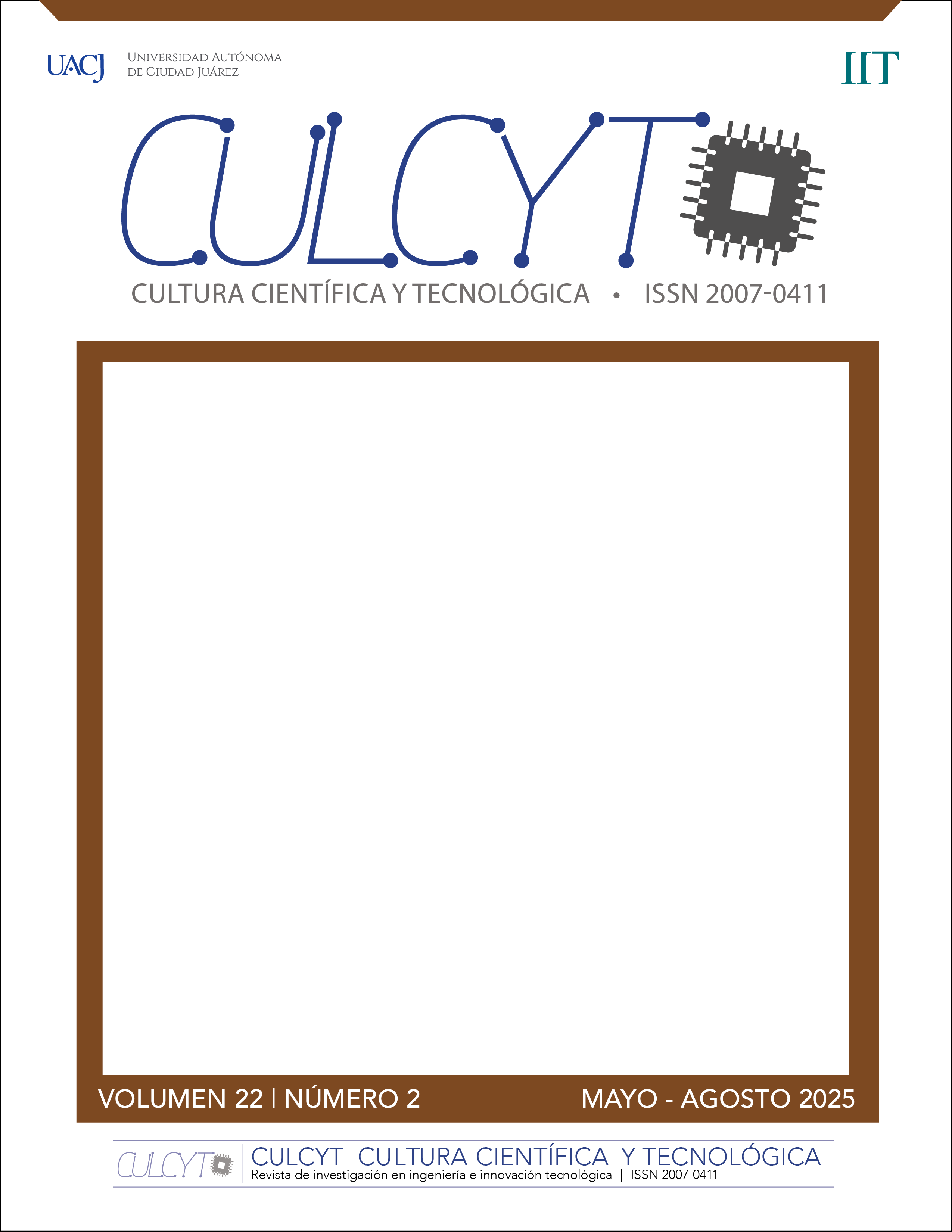Mathematical journal as strategy to develop skills in learning addition
DOI:
https://doi.org/10.20983/culcyt.2025.2.2.1Keywords:
addition, second grade, contextualization, motivation, meaningful learningAbstract
This paper explores the use of the mathematical journal as a teaching strategy to develop addition skills in second-grade elementary school students. The intervention was carried out with a group of 28 students from an elementary school in Ciudad Juárez, Chihuahua, Mexico, who were assigned a specific notebook to document addition problems based on everyday situations. The methodology included initial activities, increasing the complexity of the problems, and contextualizing them in practical scenarios. The results indicate that this tool not only improved numerical skills but also fostered critical thinking and motivation toward mathematics. Students showed greater willingness to participate and contextualized mathematical problems in their daily lives, which facilitated meaningful learning. This innovative approach adds value by considering both the students' sociocultural context and their daily experiences, promoting more inclusive learning. The implementation of the mathematical journal as a teaching resource proved effective in improving addition skills and strengthening students' commitment to mathematics.
Downloads
References
A. Dowker, Children’s Mathematical Learning Difficulties: Some Contributory Factors and Interventions, en International Handbook of Mathematical Learning Difficulties, A. Fritz, V. Haase y P. Rasanen, eds. Springer, 2019, pp. 773-787, doi: 10.1007/978-3-319-97148-3_44.
M. Rodríguez, E. Filloy y B. Gómez, “Dificultades en la construcción de los números naturales incluyendo el cero con estudiantes de 6 a 8 años”, Enseñanza de las Ciencias, vol. 38, n.º 3, pp. 55-80, 2019, doi: 10.5565/rev/ensciencias.2881.
A. Henik, “Early difficulties in numerical cognition”, en Heterogeneous Contributions to Numerical Cognition, W. Fias y A. Henik, eds. Academic Press, 2021, doi: 10.1016/B978-0-12-817414-2.00016-6.
A. Price, “Communication, construction and community”, tesis de doctorado, Universidad de Oxford, 2000.
C. M. Fernández y N. Domínguez, “La suma y la resta en Educación Infantil”, Tendencias pedagógicas, n.º 26, pp. 319-330, 2015.
M. L. Angulo, E. Arteaga y O. Carmenate, “La significación del contexto para la formación y asimilación de conceptos matemáticos”, Universidad y Sociedad, vol. 11, n.º 5, pp. 33-41, 2019.
H. Parra, “Claves para la contextualización de la matemática en la acción docente”, Omnia, vol. 19, n.º 3, pp. 74-85, 2013.
Downloads
Published
How to Cite
Issue
Section
License
Copyright (c) 2025 Claudia Elsa Lazo Olivas, Héctor Jesús Portillo Lara, María de los Ángeles Cruz Quiñones, Danelly Susana Esparza Puga

This work is licensed under a Creative Commons Attribution-NonCommercial 4.0 International License.
Todos los contenidos de CULCYT se distribuyen bajo una licencia de uso y distribución “Creative Commons Reconocimiento-No Comercial 4.0 Internacional” (CC-BY-NC). Puede consultar desde aquí la versión informativa de la licencia.
Los autores/as que soliciten publicar en esta revista, aceptan los términos siguientes: a) los/las autores/as conservarán sus derechos de autor y garantizarán a la revista el derecho de primera publicación de su obra; y b) se permite y recomienda a los/las autores/as agregar enlaces de sus artículos en CULCYT en la página web de su institución o en la personal, debido a que ello puede generar intercambios interesantes y aumentar las citas de su obra publicada.



